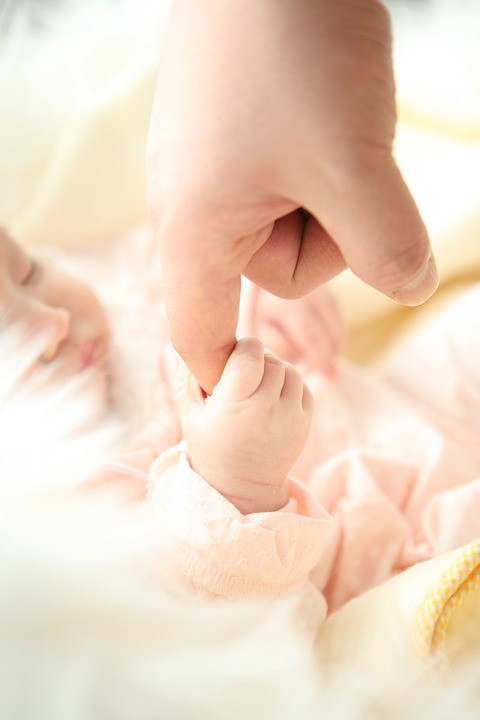Chills and Thrills: The Surprising Reasons Why We Get Goosebumps When We’re Scared, Happy, or Just Plain Moved
Have you ever experienced that thrilling rush of goosebumps while watching a heart-pumping horror movie, listening to a soul-stirring piece of music, or witnessing a breathtaking moment of triumph? If so, you’re not alone. Goosebumps, also known as piloerection, are a universal human phenomenon that can occur in response to a wide range of emotions, from fear and excitement to joy and awe. But what triggers this physical response, and what does it tell us about our brains and bodies?
The Science Behind Goosebumps
Piloerection is a natural reflex that occurs when tiny muscles at the base of each hair follicle contract, causing the hair to stand upright. This physical response is mediated by the nervous system, which sends signals to the muscles to contract in response to a stimulus. In the case of goosebumps, the stimulus is often a strong emotional experience, such as fear, excitement, or happiness.
But why do we get goosebumps in response to these emotions? Research suggests that piloerection serves several purposes:
- Social bonding: In the past, when humans experienced strong emotions together, such as fear or excitement, the resulting goosebumps may have signaled to others that we were part of a group, reinforcing social bonds and promoting cooperation.
- Communication: Goosebumps may have served as a nonverbal cue to others, conveying information about our emotional state and eliciting empathy or support.
- Survival: In some cases, piloerection may have helped humans to prepare for action by increasing blood flow to the skin and potentially making us appear larger or more intimidating to predators.
The Neuroscience of Emotional Experience
Goosebumps are closely tied to the brain’s reward system, which is responsible for processing emotions such as pleasure, excitement, and anticipation. When we experience strong emotions, the brain releases neurotransmitters like dopamine and serotonin, which stimulate the release of hormones like oxytocin and vasopressin. These hormones play a key role in social bonding, attachment, and emotional regulation.
The brain’s emotional processing centers, including the amygdala and the insula, are also involved in the experience of goosebumps. The amygdala processes fear and anxiety, while the insula is responsible for processing emotional intensity and subjective experience.
Image: An illustration of the brain’s emotional processing centers, including the amygdala and the insula.
Frequently Asked Questions
Q: Why do I get goosebumps when I’m scared?
A: Goosebumps can occur in response to fear or anxiety, as a natural reflex to help prepare your body for action. This response may have evolved to help humans respond to threats, such as predators or danger.
Q: Can anyone get goosebumps?
A: Yes, goosebumps are a universal human phenomenon that can occur in response to a wide range of emotions and experiences.
Q: Are goosebumps unique to humans?
A: No, piloerection can occur in other animals, such as mammals and birds, in response to emotional or sensory stimuli.
Q: Can I control my goosebumps?
A: While you can’t entirely control your goosebumps, you may be able to influence their occurrence by managing your emotions and focusing on sensory experiences that trigger piloerection.
Conclusion
Goosebumps are a fascinating and universal human phenomenon that can occur in response to a wide range of emotions and experiences. By understanding the science behind piloerection, we can gain insight into the complex interplay between our brains, bodies, and emotions. Whether you’re experiencing fear, excitement, or joy, the next time you get goosebumps, remember that it’s not just a physical response – it’s a natural and important part of being human.



